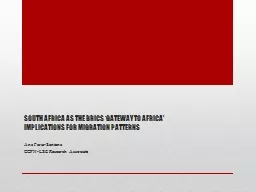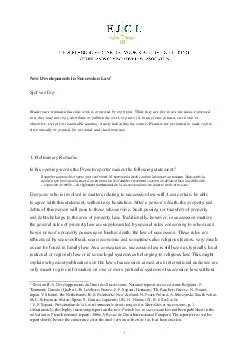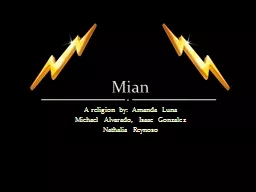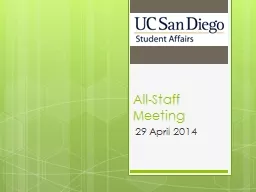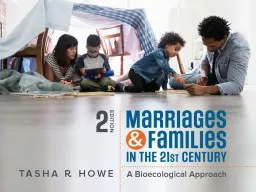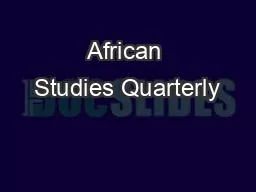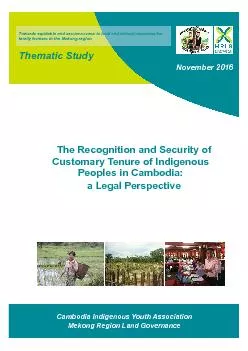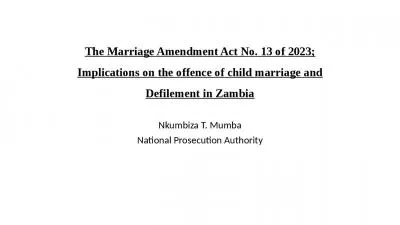PDF-Customary Law v Common La w Marriages A Hybrid A pproach in South Africa Marissa Herbst
Author : yoshiko-marsland | Published Date : 2015-03-08
While they are free to use the ideas expressed in it they may not copy distribute or publish th e work or part of it in any form printed electronic or otherwise
Presentation Embed Code
Download Presentation
Download Presentation The PPT/PDF document "Customary Law v Common La w Marriages A ..." is the property of its rightful owner. Permission is granted to download and print the materials on this website for personal, non-commercial use only, and to display it on your personal computer provided you do not modify the materials and that you retain all copyright notices contained in the materials. By downloading content from our website, you accept the terms of this agreement.
Customary Law v Common La w Marriages A Hybrid A pproach in South Africa Marissa Herbst: Transcript
Download Rules Of Document
"Customary Law v Common La w Marriages A Hybrid A pproach in South Africa Marissa Herbst"The content belongs to its owner. You may download and print it for personal use, without modification, and keep all copyright notices. By downloading, you agree to these terms.
Related Documents




